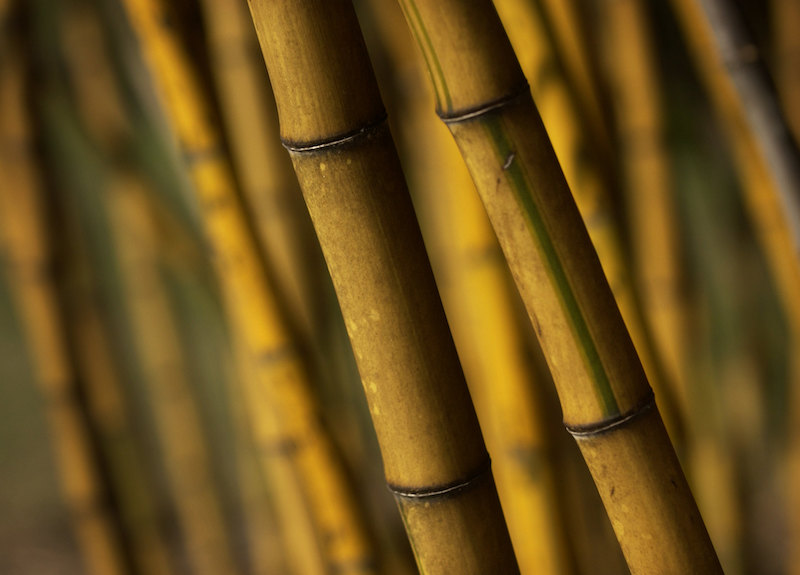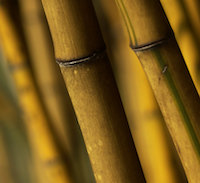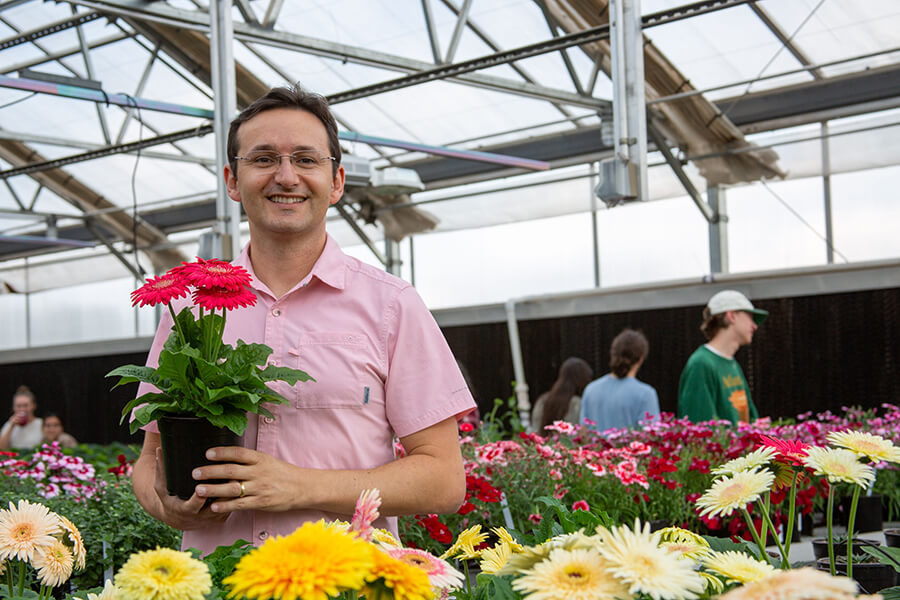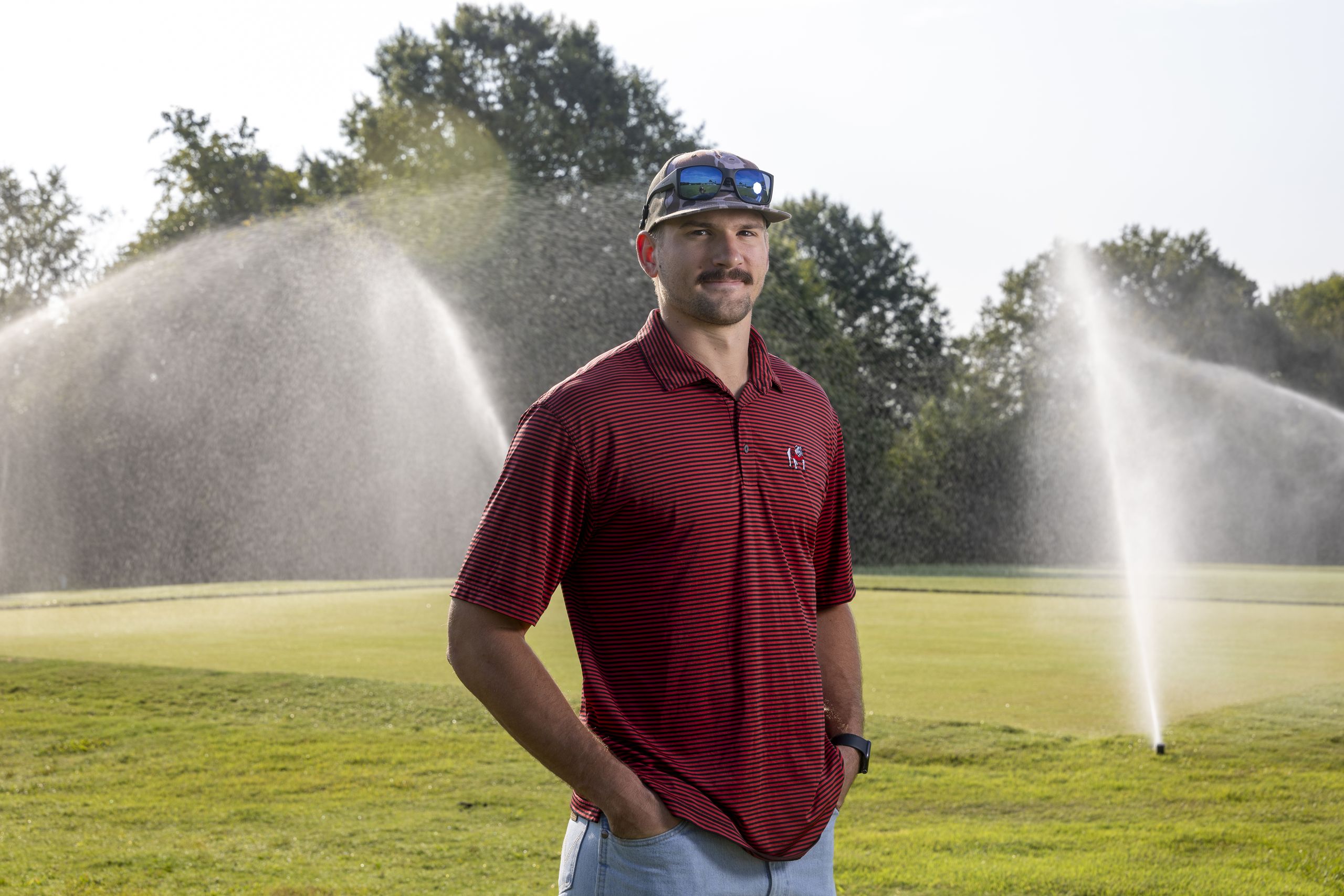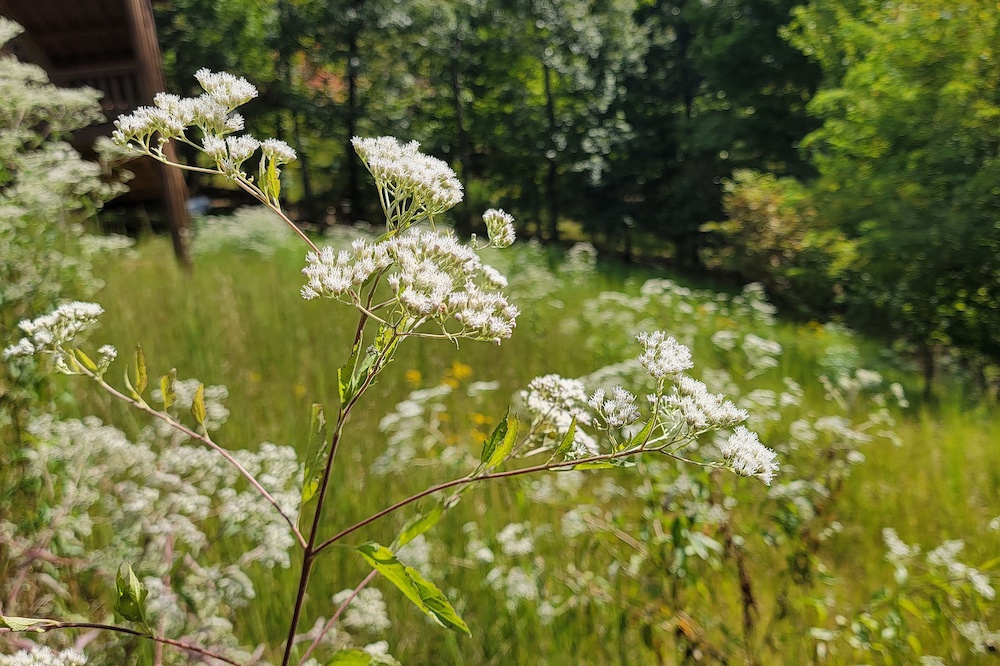One hundred years ago, philanthropist Barbour Lathrop bought a bamboo grove and 46-acre farm and leased the property to the U.S. Department of Agriculture for $1. For the next 60 years, the property became an agricultural research station where, in the 1940s, industrialists Henry Ford and Harvey Firestone cooperated on research on goldenrod as a potential source for latex. Today, the land is the site of the Coastal Georgia Botanical Gardens (CGBG) at the Historic Bamboo Farm.
The garden’s focus has shifted from research on plants for manufacturing and commercial agriculture to ornamental plants for use in home gardening and landscaping.
“A large portion of the plant collection added in that time period is still growing at the garden,” said Tim Davis, Chatham County Cooperative Extension coordinator and director of the gardens. “We grow and maintain more than 100 species here; a tremendous amount of those plants came from Asia because we have similar (climate) zones.”
In April, CGBG commemorated its centennial with a public celebration that remembered the past and anticipated the garden’s future.
Over the past five years, the gardens have been improved and expanded with the addition of the Andrews Visitors Center, which was funded by a generous donation from Jim Andrews and Barbara Andrews. More recently, the Alan and Sandi Beals Bamboo Maze was added to the gardens.
“The property is shifting from a research farm to a botanical garden. We are also home to one of the largest collections of camellias in the Western Hemisphere — more than 800 varieties,” Davis said. The camellia collection was made possible by Chatham County Commissioner and Judge Arthur Solomon, an enthusiast and garden patron who traveled to France and brought camellias back to Savannah, some of which he donated to CGBG.
Davis’ vision is to return to the garden’s research-based roots, in keeping with UGA’s land-grant mission, while the facility remains open to the public. A host of new gardens have been added, including a pollinator garden and a home fruit demonstration area. With the help of the gardens’ strong volunteer organization, a Roots and Shoots gardening program for school-aged children will be introduced this fall.
“UGA Extension’s goal is to deliver research-based information to the public and we are working to use these gardens as a tool to do that,” Davis said. “This is what we ought to be doing. We study and understand a plant, then we work with the industry to make it economically beneficial and easy for consumers to grow at home.”
To learn more about the Coastal Georgia Botanical Gardens, go to coastalbg.uga.edu.

